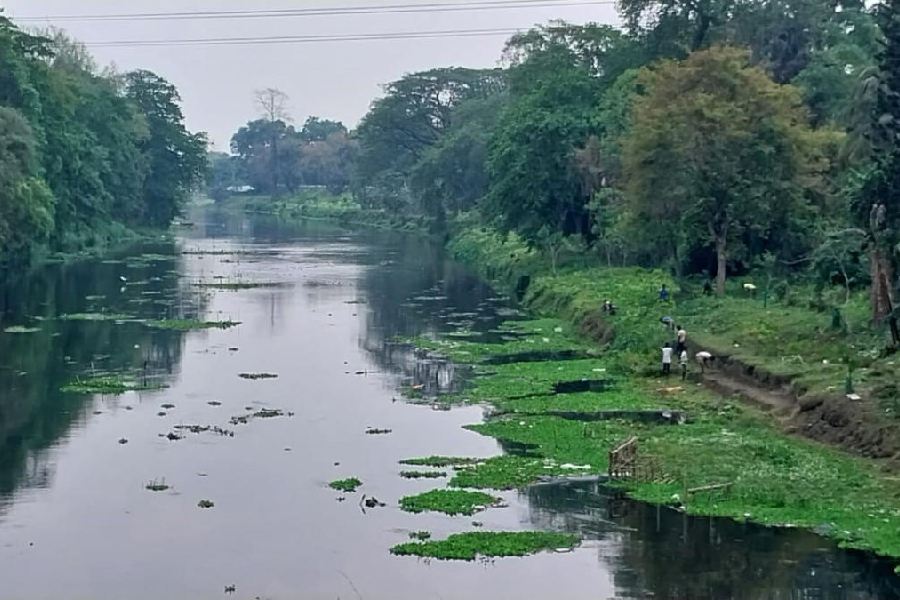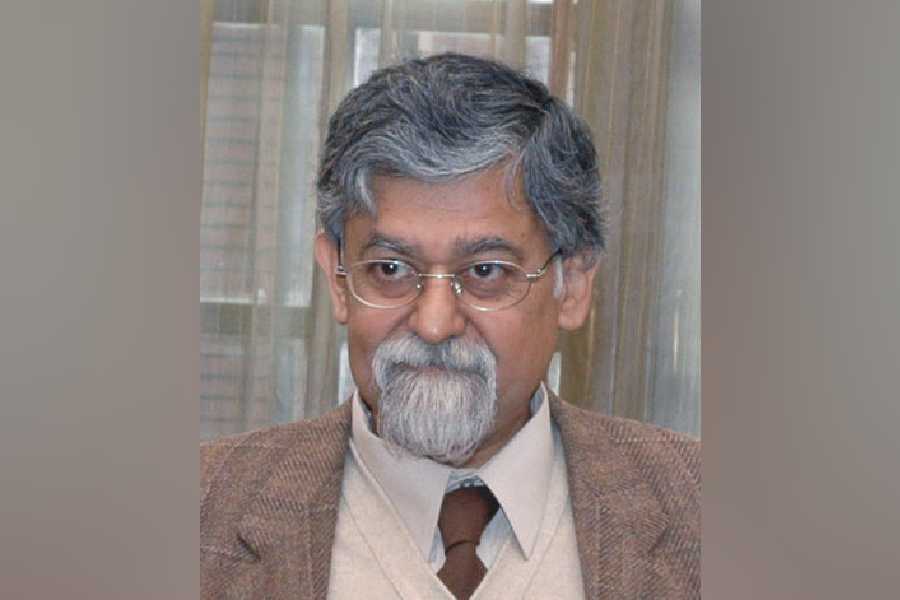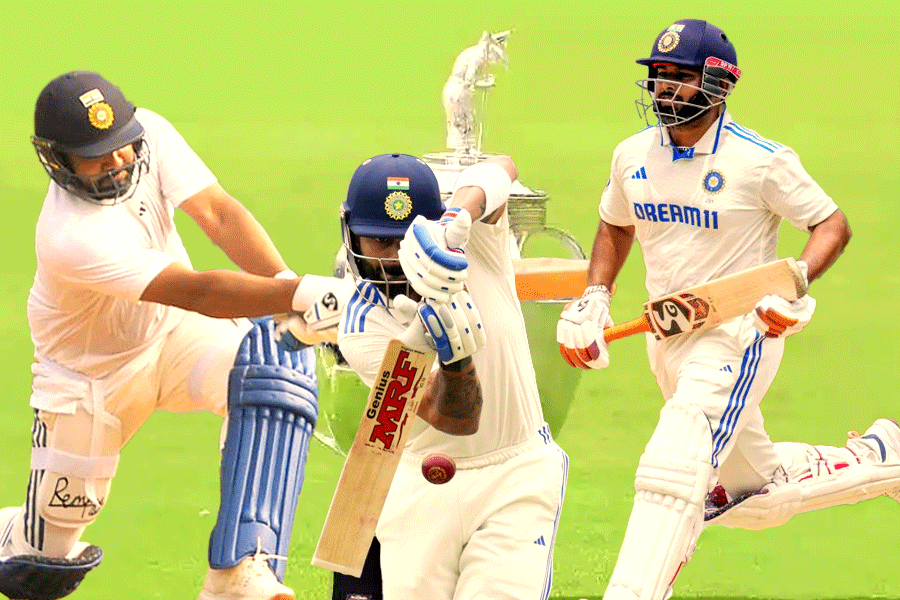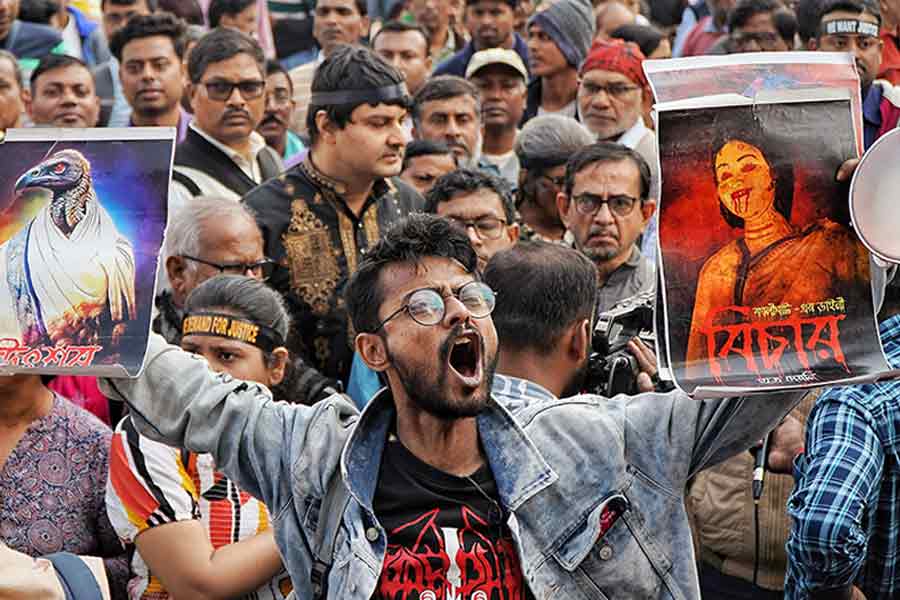The state irrigation department has decided to dredge a 15km-long stretch of the Karala river which flows through Jalpaiguri town.
Environmentalists have time and again flagged the demand that the river be cleaned and dredged because of the indiscriminate dumping of garbage and the inflow of polluted water into the Karala.
“We have prepared a plan to dredge the Karla river. The cost of the work is yet to be calculated. Once the detailed project report is prepared, we will send it to our senior officials for approval,” said Krishnendu Bhowmik, chief engineer (northeast) of the state irrigation department.
According to sources in the department, it has been decided to dredge the entire stretch from near the Jalpaiguri Government Engineering College to the point where the Karala meets the Teesta river.
“It is the most polluted stretch of the river as in between, the Karala moves through at least 10 localities of the town. If the dredging is carried out, it will clean the river, increase its capacity to hold the water, and also enhance the biodiversity,” said Raja Rahut, who has been working for the conservation of nature in and around Jalpaiguri.
An official of the irrigation department said according to the plan, dredging of the riverbed will be taken up to a depth varying from 0.5 metres to 1.5 metres.
“During dredging, around 90 per cent of the sand would be taken out of the river bed while the remaining 10 per cent will be clay. Altogether, around 4.22 lakh tons of sand and clay will be removed from the river bed,” he said.
A section of residents pointed out that along with the dredging, the administration, the local civic body, and other authorities concerned should also ensure that the dumping of waste in the river stopped.
“Also, sewerage lines from many municipal wards open to the river. This has to stop. Or else, the irrigation department should install sewerage treatment plants to prevent polluted water from flowing into the river,” said Jayanta Bhaumik, a resident.
He also pointed out that because of the deposition of silt and waste in the riverbed for years, water from the river backflows into the wards through drains during monsoons and floods those areas.











